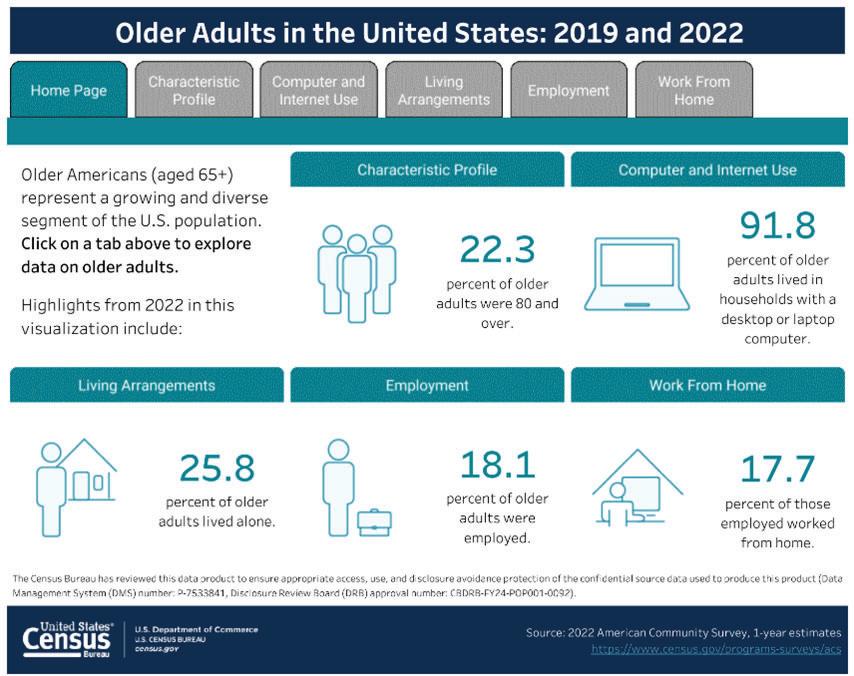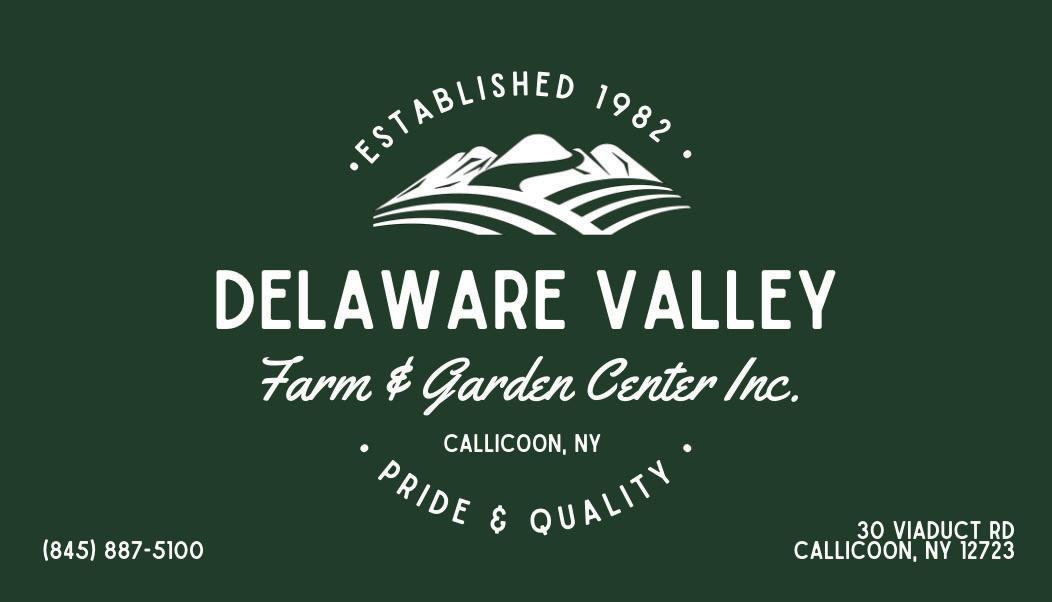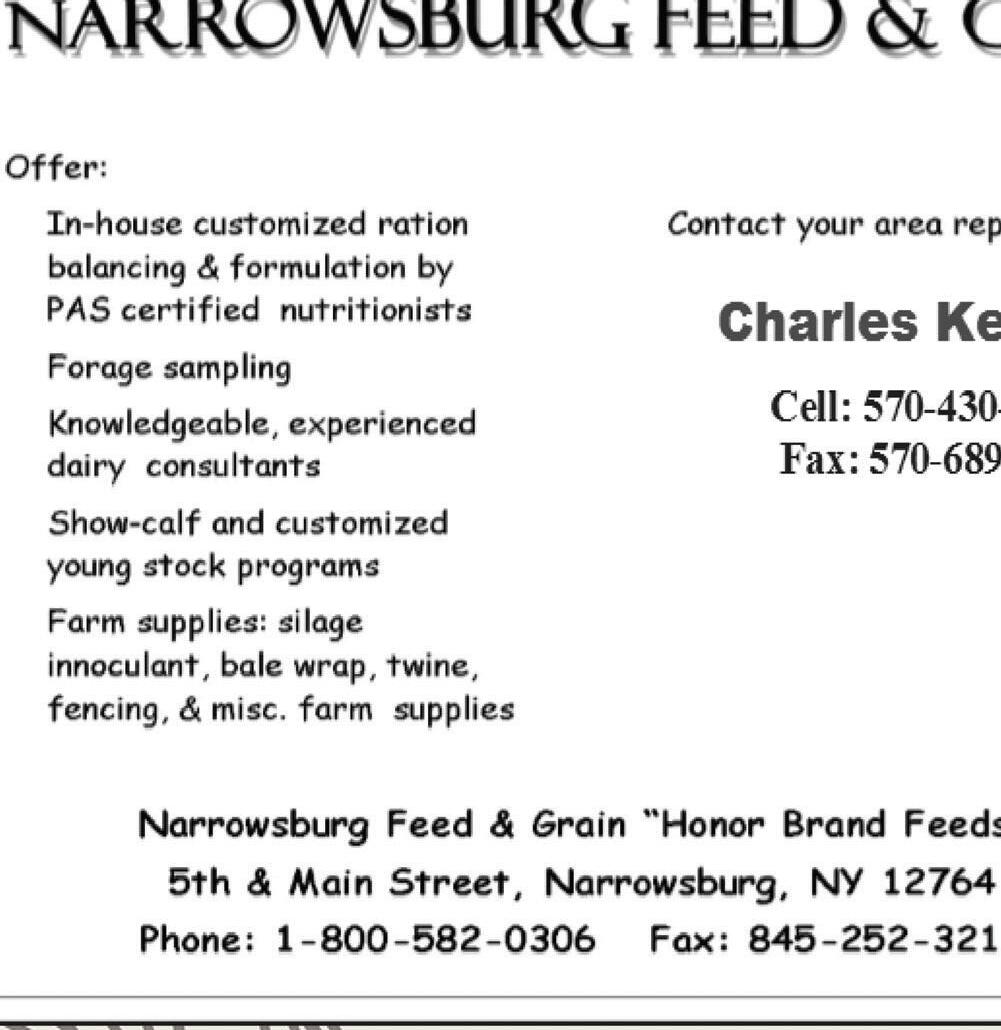

Extension Connection
Sullivan County
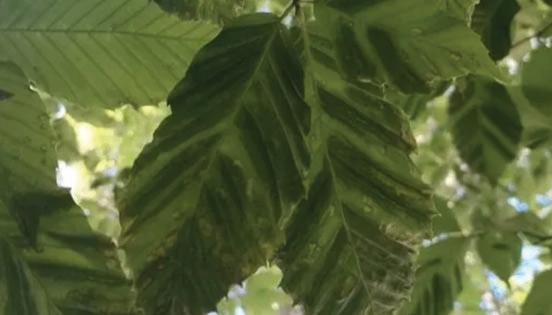
What is Beech Leaf Disease? Find out what it is and how it could affect your trees on page 7.

Upcoming Events & Programs Issue Highlights Issue Highlights ssue Upcoming Events & Programs
2025 Sullivan County Youth Fair
D.I.Y. Energy Savings Sessions
Cooking Matters in Sullivan County
Gardening 101: A Three Part Series
D.I.Y. Energy Savings Sessions
Berms and Swales: Techniques for Water Management at Unbroken Acres
Healthy Living for Your Brain and Body
Eat Healthy Be Active
See more events and opportunities on sullivancce.org/events.
Follow us on Facebook and Instagram!


Beech Leaf Disease
Safe Routes to School: Approaches to Children Walking and Bicycling to School
Sullivan County 4-H Artisan Market
National Senior Citizens Day
What Parents, Mentors, and Trusted Adults Need to Know about Cannabis
CHSC Collaboration with Sullivan County Childcare Council

Sullivan County 4-H Livestock Market & Product Auction
August is Goat Cheese Month! Check out page 14 for facts about goat cheese!



Welcome to the Issue!
Page 3 Letter from our Executive Director
Page 4 What Parents, Mentors, and Trusted Adults Need to Know About Cannabis
Page 7 Beech Leaf Disease
Page 8 Refrigeration for Vegetable Farms
Page 11 Free Mental Health

First Aid Training
Page 12 CCE Spotlights!
Page 13 June DHIA Report
Page 14 Fast Facts!
Page 16 Safe Routes to School - Approaches to Support Children Walking and Bicycling to School
Page 20 What Does SNAPEd Do in the Community?

Table
Page 22 CHSC Collaboration with Sullivan County Child Care Council
Page 25 Sullivan County 4-H Artisan Market will return!
Page 26 National Senior Citizens Day
Page 28 Sullivan County 4-H Livestock Market & Product Auction

NotifyCCESullivan if you have
Notify CCE Sullivan if you have a change of address: 845-292-6180
sullivan@cornell.edu
OFFICE HOURS
Hours: Mon - Fri | 8:30 am to 4:30 pm
Phone: 845-292-6180
E-mail: sullivan@cornell.edu
Website: www.sullivancce.org Facebook.com/ccesullivanagfood Instagram.com/ccesullivan
YouTube: bitly.com/ccesullivan
BOARD OF DIRECTORS
Dawn Parsons.......................President
Alex Alorro...................Vice President
Robert Kaplan.......................Secretary
John Garigliano.....................Treasurer
Brian McPhillips...........Legislative Rep.
Patricia Claiborne.............Cornell Rep.
Amanda Langseder
Erika Malmgreen
Steve Marton
Mark McLewin
Laura Quigley
Gary Silver
Gary Silverman
Nicole Slevin Nikolados
Diana Weiner
PROGRAM COMMITTEE
Heather Brown
Roberta Chambers
Nu El
Courtney Hanback
Carmela Hugel
Cathi Paci
Carol Roig
Stephen Stuart
Eugene Thalmann
Deborah Worden
EXTENSION CONNECTION
Produced by: Cornell Cooperative Extension Sullivan County Edited by: Aaron Denman & Colleen Monaghan Cornell Cooperative Extension Sullivan County provides equal program and employment opportunities.
NOTICE: Official endorsement of advertisers and their products is not intended by the acceptance of their sponsorships for the Extension Connection.
STAFF MEMBERS
Colleen Monaghan..............................................................................Executive Director
Monica Ponce-Agredano ...............................................................Ag. Program Assistant
Tess Isabel Molina Bayly.........................................................Sullivan Fresh Coordinator
Tracy Broyles...............................................................................SALT Program Manager
Alan Carroll...................................................................Food Systems Program Manager
Luciana Carvo...........................................................................Ag. Program Coordinator
Lynn Colavito..............................................Community Cupboard Program Coordinator
Martin Colavito...........................................................Prevention Programs Issue Leader
Haley Collins...................Agriculture Farmland Protection & Planning Program Manager
Wanda V. Cruz...............................................Healthy Communities Program Coordinator
Aaron Denman.........................................................Association Operations Coordinator
Eugene Doyle...................................................................................................Custodian
Drew Fuller............................................................................. CPIP Program Coordinator
Katie Gasior........................................................................Horticulture Subject Educator
Jenna Gangel..........................................................................Shop Taste NY Coordinator
Christopher Jones....................................................................Taste NY Market Manager
Joy Leon.................................................................Nutrition & Physical Activity Educator
Katie Rose Lugauer...................................................................4-H Program Coordinator
Kim McDonnell..................................................................................Taste NY Assistant Manager
Nancy McGraw.......................................................Educator, Caregiver Resource Center
Melinda Meddaugh.......................................................Ag & Food Systems Issue Leader
Barbara Moran................................................4-H Youth Development Program Manager
Subidha Neupane............................................. Hudson Valley SNAP-ed Nutrition Educator
Patricia Ocasio...................................................................Prevention Program Coordinator
Shanice Owens..............................................Community Cupboard Program Coordinator
Abyssinia Pla El...................................................................................Finance Coordinator
Michelle Proscia..............................................Agriculture Production Program Manager
Ann-Marie Sidtis......................................................................FOR Program Coordinator
Tara VanHorn.........................................................................................Finance Manager
Malinda Ware................................................................Statewide Engagement Specialist
John Wilcox..........................................................................................Facilities Manager
Veronica Yangis.........................................................................Taste NY Operations Coordinator
Kayla Evans, Ashley Masopust................................................................Ag Market Coordinators

Hello Extension and 4-H Community,







With the Sullivan Fresh and Sullivan Catskills Farmers’ Markets in full swing across the county, we hope you’re taking the season to enjoy all the locally grown fresh fruits, veggies, dairy, poultry, livestock and grains that Sullivan County farms have to offer! For more information on farmers’ markets across the county please visit https://sullivancatskillsfarmersmarkets.com/ for days, times, locations and vendors!
With August here, we’re looking forward to the Annual Sullivan County Youth Fair, hosted with our friends from the Neversink Agricultural Society at the 149th Grahamsville Little World’s Fair August 15-17. Please come support Sullivan County Youth and over 100 animal and still exhibits!




In addition, please save the date for our 111th Annual Meeting, Chicken BBQ, and Friends of Extension awards, scheduled for Wednesday, October 8th at 6:00pm at the Extension Education Center!

Lastly, we anticipate two openings on the CCE Sullivan Program Advisory Board in 2026. Please contact Colleen at cm638@cornell.edu or 845-798-1258 if you are interested in serving a three year term.
Enjoy these dog days of summer.


My very best,


Colleen Monaghan Executive Director cm638@cornell.edu




As always, thank you to our membership for your enthusiastic support as we continue Extension work in Sullivan County!

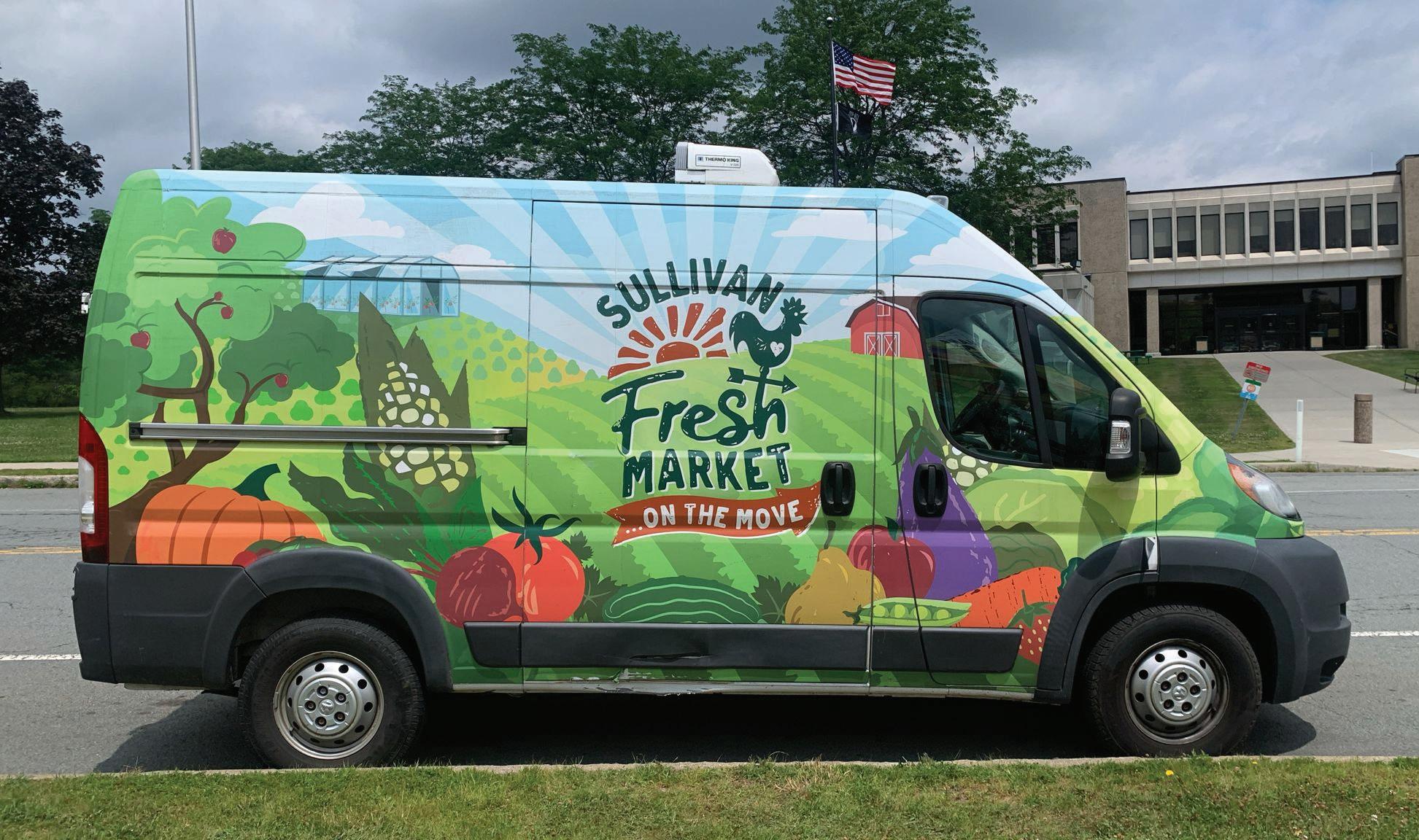




What Parents, Mentors, and Trusted Adults Need to KNOW ABOUT CANNABIS
You have to be 21 years old to buy, use or possess cannabis (also known as marijuana, pot, weed and more) in New York State.
Parents and Trusted Adults: You can impact whether the youth and young adults in your life use cannabis. It’s never too soon to start the conversation. Talk with them early and often to help them understand how underage use of cannabis can impact them.
Your support can help them make safer, healthier choices.
CANNABIS AND THE DEVELOPING BRAIN
Studies have shown that full brain development is not complete until age 25. Research suggests that using cannabis while the brain is still developing can change how it builds connections that are important for attention, memory, and learning. Cannabis can also affect how parts of the brain responsible for our judgment and decision-making grow and work. These changes can negatively impact school performance and continued chronic use can have other adverse outcomes.
Frequent cannabis use by youth and young adults may increase the risk of mental health issues, including depression, anxiety, and serious mental illnesses like psychotic disorders.
Studies have shown that starting to use cannabis at an early age and the frequent use of cannabis with higher THC content by people who have a family history of serious mental illness can increase their risk.
SAFE AND RESPONSIBLE STORAGE OF CANNABIS PRODUCTS
Safe and responsible storage of cannabis products means making sure any cannabis at home is locked up, out of sight, and out of reach of children (and pets). Accidentally consuming cannabis products is a risk for children and animals that can result in cannabis toxicity or the need for emergency medical attention.
Contact your veterinarian immediately if your pet has ingested a cannabis-containing product.
What Parents, Mentors, and Trusted Adults Need to KNOW ABOUT CANNABIS
TIPS FOR TALKING WITH THE YOUTH AND YOUNG ADULTS IN YOUR LIFE
•Start the conversation early (whenever they first start asking questions) and before they consider using.
•Plan to have more than one conversation – many short talks work best. Keep the conversation casual instead of having a formal family meeting or one on one.
•Look for natural ways to bring up the subject – such as when driving past a dispensary or seeing a reference to cannabis use on TV.
•Focus on the facts and how cannabis may impact their developing brain.
•Talk with your children about having an “exit plan” if they’re offered cannabis. Peer pressure can be powerful and having a plan to avoid it can help them make healthier choices. Talk with the youth and young adults in your life about what they would do if faced with a decision about using drugs or alcohol, such as texting a code word to a family member. Offer a code word youth and young adults can text you when faced with a decision on using substances.
•Be aware of your own attitudes and behaviors - embrace the fact that this conversation may feel awkward for both of you. Remember that they are more likely to use cannabis if you do. Set your expectations and communicate them clearly.
•Encourage questions, be nonjudgmental, and listen to their ideas.
•Keep calm and let them know you are there for them. If you think the youth and young adults in your life may be using cannabis, make sure they know they can always come to you, or another trusted person, if they’re in need of an adult.
WHAT TO DO IF YOUR CHILD IS USING CANNABIS
•Stay calm - overreacting may lead youth to rebel, feel resentful, or take greater risks.
•Talk about your concerns and give the facts and positive reasons for wanting them to stop using cannabis with a focus on the impact that cannabis can have on the developing brain.
•If they have their driver’s license, remind them not to use cannabis and drive. Cannabis slows your reaction time and motor coordination and it can be incredibly dangerous to drive under the influence. It is illegal and they could get a DUI and get in greater trouble.

Parents, Mentors, and Trusted Adults
Website: cannabis.ny.gov
Email: @ocm.ny.gov
Call: 1-888-OCM-5151 (1-888-626-5151)
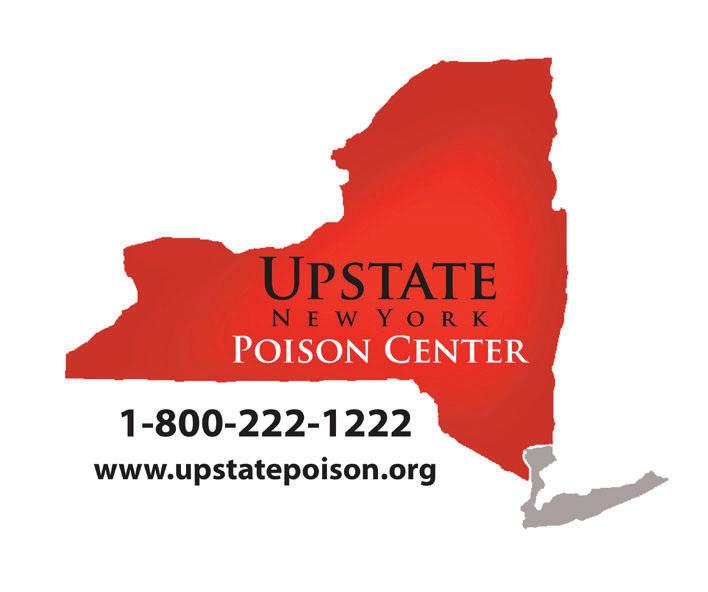
BEECH LEAF DISEASE
Written by Calvin Norman
Submitted by Katie Gasior, Horticulture Subject Educator
This summer we have seen an uptick in the amount of calls regarding Beech Leaf disease. Beech Leaf Disease (BLD) is a substantial threat to American beech (Fagus grandifolia) and all other species of beech (Fagus spp.) across the eastern the United States. American beech plays an important role in forest ecosystems; as a late successional species, it adds structural diversity to a variety of forest types and its nut production makes it an excellent species for wildlife. Beech leaf disease was first identified in Lake County, Ohio, in 2012, but has since been found across the eastern United States. BLD is easily to recognize by its distinctive dark green interveinal banding pattern on symptomatic leaves. It is caused by Litylenchus crenatae ssp. mccannii (LCM), a nematode that parasites tree leaves. This damage is seen in most species of beech. It can be more difficult to identify early in beech with dark leaves like “copper” beech (Fagus sylvatica ‘Purpurea’).
The dark bands in leaves become evident in early spring as leaves emerge fully symptomatic. Under high levels of infection, leaf symptoms become more pronounced; leaves become leathery and crinkled. These bands are due to cellular damage caused by

nematodes in the leaf buds. In forests heavily impacted by BLD, it may look like there is a drought that is impacting only beech.
In spring, from May to June, there are few nematodes in diseased leaves. The number of nematodes increases over the summer (July-August) and reaches a peak in late summer through early fall (September-November). As the numbers build up within the leaves,
nematodes will migrate from the infected leaves into the newly forming buds. Once nematodes reach the new bud, they will feed on the bud tissues, which causes cell enlargement of the bud scale cells and negatively affects the overall architecture of the developing young leaves by increasing their number of cell layers. This damages the next generation of leaves and repeated damage will kill infected beech. Currently, the method of transmission between infected trees is unknown.
Conclusion
Beach leaf disease is a disease that impacts American beech and several other species of beech. It is caused by a nematode, Litylenchus crenatae ssp. mccannii. It damages leaf buds which leads to leaf loss, canopy thinning, and aborted buds. Beech leaf disease has killed a large number of beech in the eastern United States and is increasing in both the severity and spread. In yard trees, there are several treatment methods, however, it should be noted that these treatments are expensive and research is still underway. In a forest setting, this treatment is expensive and typically not feasible. With beech leaf disease and beech bark disease on the landscape, American beech is imperiled. Help stop the spread of BLD by buying firewood where you burn it, and reporting any suspicious infestations to iMapinvasives.org!
Source: Norman, Calvin . “Beech Leaf Disease.” Extension.psu.edu, Penn State, 6 Mar. 2024, extension.psu.edu/beech-leafdisease. Accessed 14 July 2025.


Mental Health First Aid Training
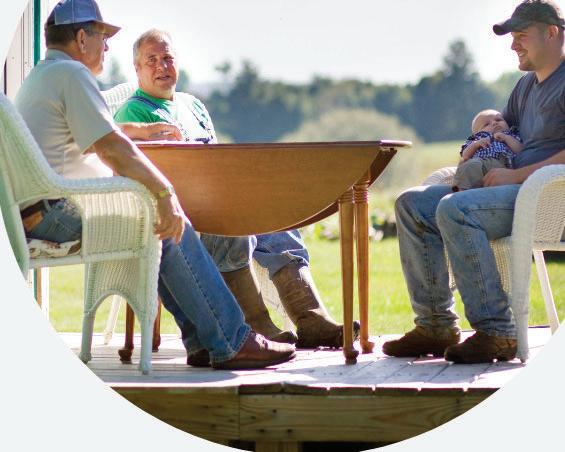
•Just as CPR prepares you to help someone having a heart attack, Mental Health First Aid teaches you how to assist someone experiencing a mental health or substance use crisis.
•This FREE , full-day training is designed for farmers, agribusiness workers, and anyone who lives in or serves rural communities— including civic and faith leaders, healthcare providers, and neighbors.
•Now more than ever, these skills are essential. Join us to build your confidence in recognizing the signs of a crisis and offering meaningful support.
•Participants who complete the course will receive a certificate of completion.
•The training includes a 30-minute lunch break and several short breaks throughout the day. Lunch and refreshments will be provided at no cost.
•For more information, visit www.mentalhealthfirstaid.org




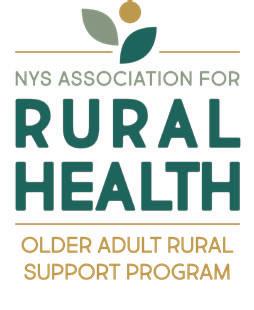
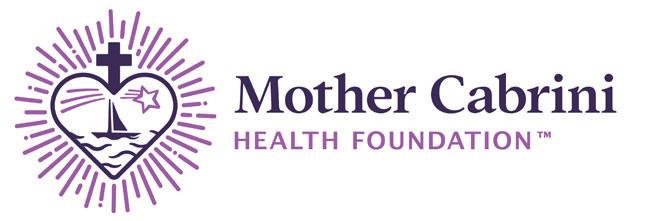

CCE Sullivan Spotlights
Staff Spotlight
INTRODUCTING TESS ISABEL MOLINA BAYLY, SULLIVAN FRESH COORDINATOR
Tess Isabel is the Sullivan Fresh Coordinator at Cornell Cooperative Extension Sullivan County. Currently a student at Buffalo state graduating with a math degree with a minor in drawing, they have chosen to spend the summer break working at the farmers markets to help make healthy food more accessible for local community members. When not at work they will be found altering clothes, painting, reading or taking hikes around the forest.

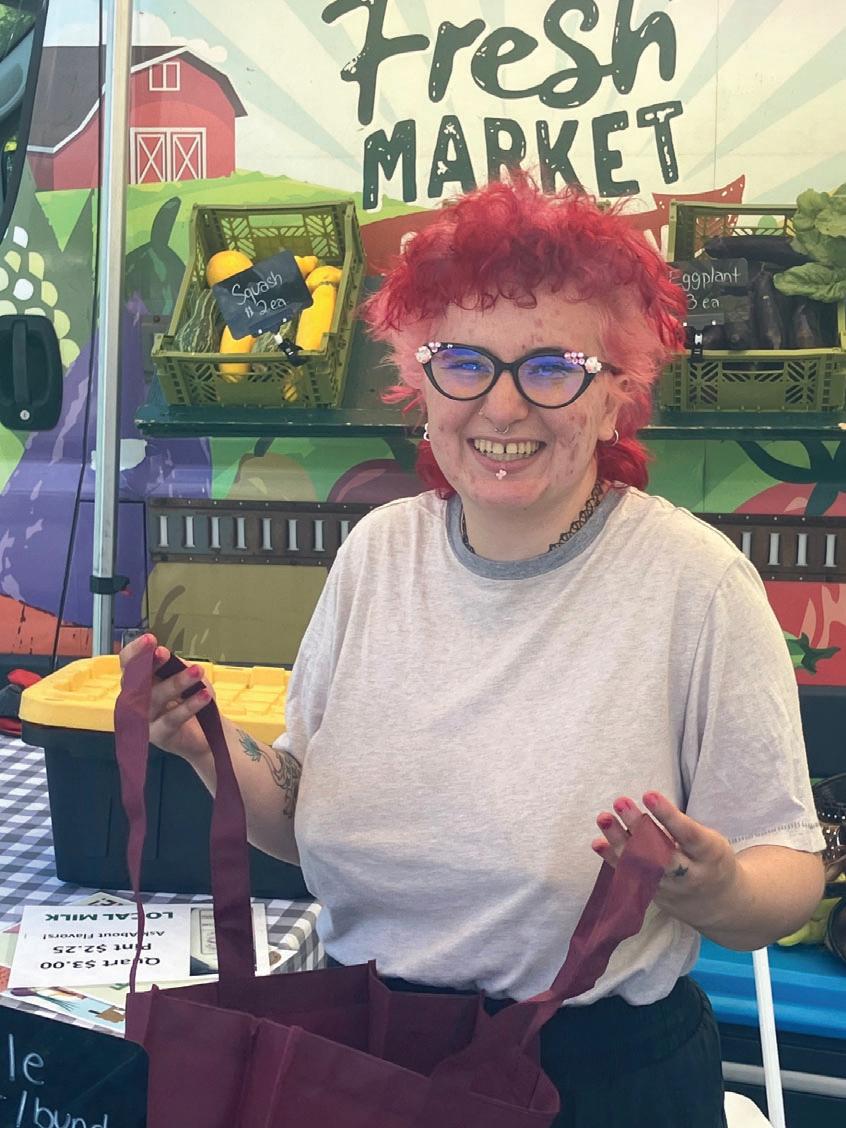


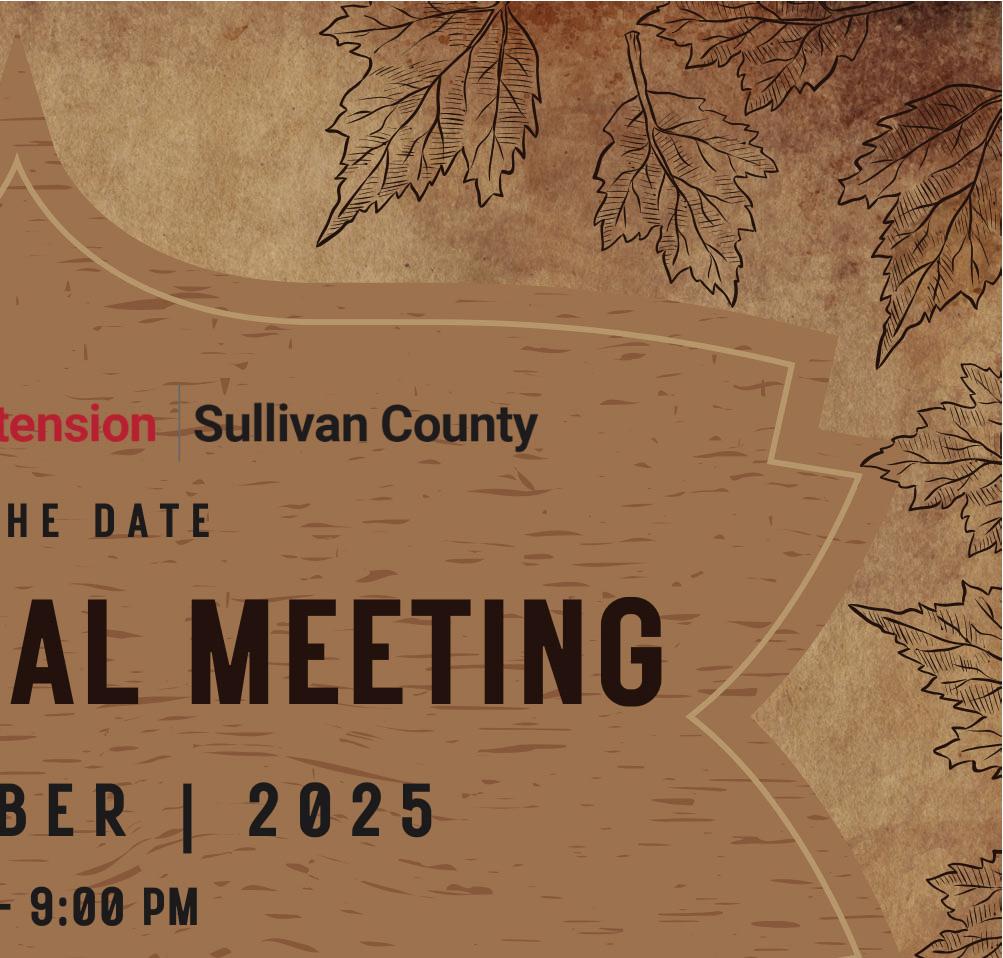














August Focus: Fast Facts, Cool Tools, & News to Use






















August is National Goat Cheese Month!
































It’s one of the oldest cheeses in the world, with records of production dating back to around 5,000 BC.









Goat cheese is enjoyed all around the world, with each region offering its own special version. In France, it’s called chèvre and comes in many shapes and avors. Greece is known for tangy feta, often made with goat’s milk, while Spain offers creamy types like Garrotxa.




























Though goat’s milk is still considered a dairy product, it is higher in certain fatty acids than other animal milks, including caproic and caprylic acid. While contributing to the goat cheese’s tangy character, these also make goat’s milk easier to digest with a lower component of lactose.
People have been eating blueberries for more than 13,000 years, but the modern blueberry is a 20th-century invention. Prior to this time, the only way to enjoy blueberries was to scavenge for them in the wild! Early colonists boiled blueberries in milk and made gray paint out of them. That traditional blue paint that was used in the homes of the Shakers was also made from blueberry skins and milk. But they added indigo and sage blossoms. During the American Civil War of the 1860s, blueberries were collected and sent to troops in care packages for use as a food staple. Nowadays, blueberries are simple to grow in your backyard if you choose types that are resistant to pests and diseases.






Despite not having the funk of washed rind cheese or the particular sting of blue cheese, goat cheese can also be polarizing because of it’s distinct tang. But fresh, tangy cheeses are not the only way the goat milk expresses itself in cheese form.

Store goat cheese in the fridge (35°F– 40°F). Keep fresh cheese airtight and eat within five days. Wrap aged cheese in parchment or wax paper and store it in the crisper for better humidity.
Goat cheese is lower in lactose and easier to digest than cow’s milk cheese, making it ideal for those with lactose intolerance.


Sources: “Harvest of the Month: Goat Cheese.” Washington Office of Superintendent of Public Instruction. Vachon, Pamela.“Fundamentals of Cheese: Understanding Goat Cheese.” Institute of Culinary Education, March 8, 2023. https://www. g ice.edu/blog/what-is-goat-cheese. y

Fresh goat cheese should be bright white —yellow or pink spots mean it’s going bad. Aged goat cheese should be firm with a smooth rind— avoid cracks or too much mold.



Cows need relatively open pasture in order to graze, but goats are more versatile in terms of their ability to nd sustenance, capable of scrambling among mountains and rock formations because of their small and spry build.

Goat cheese is the lowest in natural fat content than any other animal milk commonly used for cheesemaking.
Safe Routes to School
Approaches to Support Children Walking and Bicycling to School
The Safe Routes to School (SRTS) movement assists communities in increasing walking and bicycling for children and their families, while making it safer to get physical activity on foot or bicycle. By walking or bicycling to school, children can easily incorporate physical activity into their day and arrive at school focused and ready to learn. Walking and bicycling to school also build community cohesion and help reduce air pollution and traffic congestion around schools and neighborhoods.
Students, families, residents, individual schools and districts, towns, cities, counties, and regional leaders all have a role to play in making it easier and safer for children to walk and bicycle to school. Here are 13 ways to make Safe Routes to School a permanent part of communities.
SCHOOL
Arrival and Dismissal
Schools experience their own version of rush hour at the start and end of the school day, with the convergence of children on foot, on bicycle, and in cars and buses. Thoughtful school arrival and dismissal procedures can help make this process safer. Schools can stagger pick-up/drop-off times or allow early dismissal for children who bicycle or walk, giving students time to get clear of traffic and congestion. Another important approach involves physical separation of motor vehicles from children bicycling and walking; by ensuring that school approaches and entries are as separate as possible for motor vehicles, bicycles, and children walking, arrival and departure will be safer for students to navigate. In addition, ensuring that cars do not idle can improve air quality and help reduce traffic around schools.
Remote Drop-Off
“Remote drop-offs” designate a park, church, library, business, or other publicspace not far from school where students can be dropped off or picked up by bus or car. This way, students walk a short distance to school instead of being driven or picked upright out front, reducing traffic congestion near schools while encouraging physical activity for students. For students who must travel long distances to school, remote drop-offs help incorporate walking into the day.
SCHOOL DISTRICT
Bike Parking
Schools often have parking for cars, but bicycle storage is generally in short supply – and storage for other humanpowered transportation, like skateboards and scooters, is frequently completely overlooked. When bicycle racks do exist, they are often inadequate, in poor condition, and located in low-visibility areas on campus, making bicycles easy targets for theft. School districts can make bicycle parking and security a priority at every school, and they can support access and storage for other means of active transportation.
Safe Routes to School Policies
District policies can range from simple statements of support for Safe Routes to School, to specifying that school transportation and facilities departments include active transportation efforts as part of their work and in school travel plans. The prospect of students walking or bicycling to school often leaves families concerned about real and perceived safety issues. Districts can address these concerns by setting up “walking school buses” or “bicycle trains,” which encourage groups of students to walk or bicycle to school while being escorted by adult leaders. These programs can be part of an organized school-wide effort with trained safety leaders, or they can consist of informal groups of children and parents who meet up to walk or bicycle together. School districts can direct schools to perform walk audits to assess traffic and safety conditions so as to identify and mitigate any problems.
DISTRICT OFFICE
School Wellness Policies
All school districts that participate in the National School Lunch Program are required to have school wellness policies that include goals and guidelines to promote students’ health. School wellness policies can support Safe Routes to School by including on-going walking and bicycling programs (such as walking school buses or bicycle trains), integrating pedestrian and bicycle safety education into school curriculum, providing safe routes for bicycles through campus, and providing ample bicycle storage. As districts revise their school wellness policies to comply with new requirements, itis important to include Safe Routes to School.
Shared Use
Shared use of school properties provides another great way to increase children’s physical activity levels. Schools often keep facilities like gyms, fields, and playgrounds locked outside of school hours out of concern about security, liability, and additional costs. Communities can address these issues through shared use (also known as “joint use”) agreements, which establish guidelines and terms that make it possible for public agencies and nonprofits to share the costs and responsibilities of opening up school grounds to the community. Shared use agreements can cover everything from scheduling and staffing to handling facility maintenance.
Smart School Siting
When schools are located close to where families live, students can not only walk and bicycle to school but they can also use school playgrounds and facilities outside of school hours. However, schools are often built on the outskirts of communities, too far from students’ homes for walking or bicycling to be practical. School consolidation and closures are also factors in the growing distance between home and school, particularly in rural areas. School districts can create smart school siting guidelines to provide a process for deciding where schools should be located, ensuring that data and long-term costs are part of the equation – and making the most of opportunities for walkability while helping to ensure that neighborhood schools serve diverse student bodies.
TOWN/CITY/COUNTY Crossing Guards
Adult school crossing guards and student safety patrols can improve safety conditions and make families more comfortable with the idea of their children walking or bicycling to school. In fact, parents frequently say that having adult crossing guards at busy intersections is key to whether they allow their children to walk or bicycle toschool. Adult crossing guard programs are often run by local police departments or city agencies; other times they are run by school districts. The most effective school crossing guard programs provide a system for hiring, training, locating, supervising, and properly equipping adult school crossing guards and student safety patrols, while having a dedicated funding stream identified for program sustainability.
Safe School Zones
Towns, cities, and counties can combine a variety of approaches to create safer zones around schools for children traveling on foot or bicycle, particularly during peak times for walking and bicycling to school. For example, local decisionmakers and transportation departments can work together to reduce the speed limit around schools and install traffic calming measures such as trees, bulb-outs, and speed bumps. They also can add pedestrian countdown clocks, create high-visibility crosswalks, and provide separated bike paths. In addition, they can prioritize traffic enforcement inschool zones during arrival and dismissal times.
Complete Streets
Many streets are designed primarily for cars, with few features specifically aimed at supporting people walking and bicycling. “Complete streets” approaches change how streets in a community are designed, allowing people of all ages and abilities to get around safely and easily on foot, bicycle, or public transportation. Complete streets
Learn More About CA4Health
CA4Health is the Public Health Institute’s 5-year Community Transformation Grant, funded by the Centers for Disease Control and Prevention, that is focused on reducing the burden of chronic disease in California counties with populations under 500,000. CA4Health partners with some of the state’s leading technical assistance providers and content experts to provide local county partners with tools, training and guidance to make their communities healthier.
CA4Health’s four strategic directions are reducing consumption of sugary beverages, increasing availability of smoke-free housing, creating safe routes to schools, and providing people with chronic disease with skills and resources to better manage their health.
include features such as high-visibility crosswalks, accessible transit stops, pedestrian and bicycle signals, median islands, wide sidewalks, bicycle lanes, pedestrianscale lighting, benches, and shade trees. Because complete streets features are required when streets are newly built or reconstructed, their cost is incorporated into budgeted transportation projects.
General Plans
Every town and county in California is required by state law to have a general plan, a document that lays out the future of a community’s development. A general plan contains both broad goals (for example, to increase opportunities for children’s physical activity) as well as specific steps to implement those goals. General plans provide a good opportunity for towns or counties to state their commitment to working with school districts to support Safe Routes to School. General plans can include language prioritizing safety and roadway improvements around schools, implementing traffic calming measures near schools, defining complete streets approaches, and more.
Bicycle/Pedestrian/SRTS/ TrailPlans
To take a coordinated approach to supporting walking and bicycling, communities are finding it helpful to create documents known as bicycle, pedestrian, multimodal, or trail plans. Creating these types of plans involves a dedicated planning process in which communities can carefully evaluate their overall walking and bicycling needs, identify which policies will help address those needs, tailor the proposals to local conditions, and provide a plan for implementation and enforcement. These plans can vary considerably, but they typically include
specific goals (i.e. to install a certain number of miles of bike pathways or double the percentage of walking trips), maps showing where trails and walking and bicycling routes and infrastructure are needed, funding strategies, and a process for evaluating the effectiveness of the changes. Safe Routes to School goals and the needs of children who are walking and bicycling should be integrated into these plans. These plans can stand alone, or they can be incorporated into a broader transportation plan or comprehensive plan.
REGIONAL Transportation Planning
To improve street safety for children and their families, communities can work to influence how transportation funds are allocated. Regional transportation agencies (Metropolitan Planning Organizations (MPOs) and Regional Transportation Planning Agencies) develop long-range regional transportation plans (RTPs) that provide a big-picture vision for transportation goals, needs, options, and direction for a community. RTPs should include a commitment to active transportation and improvements for safe walking and bicycling in school zones. Regional transportation agencies also engage regularly in shorter-term regional transportation improvement program processes, which set investment priorities for transportation projects and programs. These priorities form the basis of the actual allocation of money for specific transportation projects, and should include specific school zone and school route projects.
To learn more about these approaches, visit www.changelabsolutions.org & www.CA4Health.org.
See the ChangeLab Solutions Safe Routes to School resource page for research and analysis supporting these strategies. www.changelabsolutions.org/publications/SRTS-resources
TEACHESHEALTHYEATING
Freenutritionclassesandcookingdemos.
PROMOTESACTIVELIVING
Encouragesphysicalactivitythroughclasses.
SUPPORTSSMARTSHOPPING
Providestipsforstretchingfooddollarsandbuying healthyonabudget.
PARTNERSWITHSCHOOLS
Improvesaccesstohealthyfoodsandphysical activityforkids.
BUILDSHEALTHIERENVIRONMENTS
Workswithcommunitiestocreatelastinghealthy changes(likegardensorbetterfoodaccess).


ECE –EARLY CHILDHOOD EDUCATION
CHSC Collaboration with Sullivan County Child Care Council
Through our contract with the Sullivan County Child Care Councilfor 2024-25, thirteen (13) area home-based and center-based day care providers reviewed and updatedtheir policies to include improvements in their nutrition and physical activity practicesand offerings.
The day careproviders received much needed equipment and supplies to enhance physical activit y and nutrition. Toys and equipmentthat supportgross motordevelopment were purchased with CHSC grantfunds, as well as gardening kits and child-sized garden tools to learn about gardening.
“We are so grateful for the support of the Cornell Cooperative Extension: Creating Healthy Schools and Communities grant, which continues to help us bring our Wellness Policy to life through hands-on, outdoor learning. The child-sized tools, garden supplies, and organizational materials we’ll receive will make a meaningful difference, encouraging physical activity, fostering healthy habits, and deepening our students’ connection to nature. These items support our goals for daily movement, fresh food education, and environmental awareness, and we’re excited to share how much joy and growth they’ve brought to our garden program this season.”
Crystal Merino, Valley Day Care, LLC
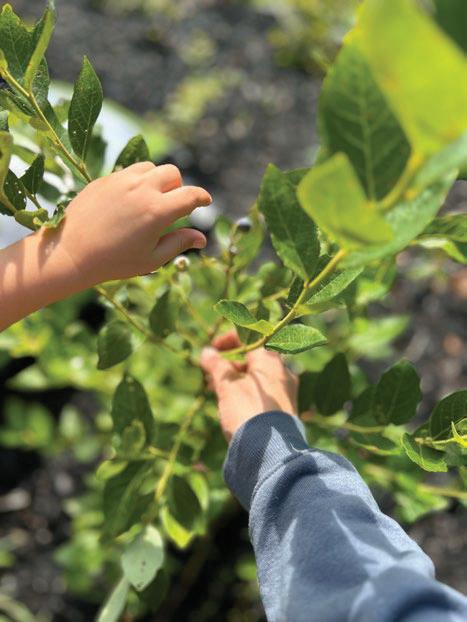
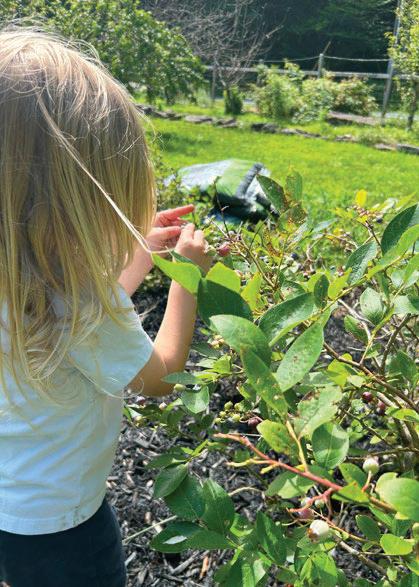

Enhancing Policies
Areaday care providers worked closely with the Sullivan County Child Care Council and participated in updating their policies to reflect first-timeor renewed commitments to increasing options for physical activityand are offering a wider variety of nutritious snacks and meals for the children in their care. Two providers are incorporating garden seed kits and child-sized garden tools to engage the children in growing vegetables to learn about where their food comes from. From plantingand watering,to harvesting, washing vegetables, and including them as snacks, the children are getting outdoors and being physically active, while also having a lot of fun learning how to grow their own garden!

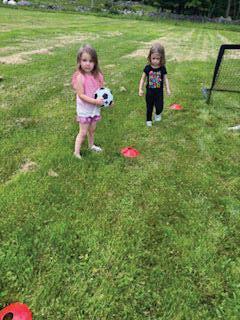
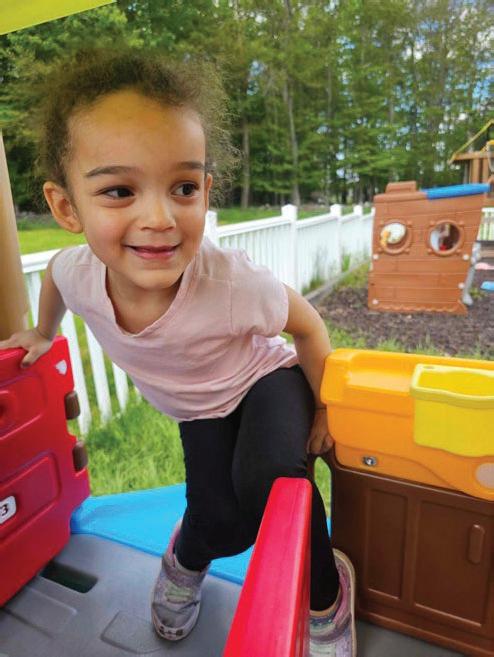
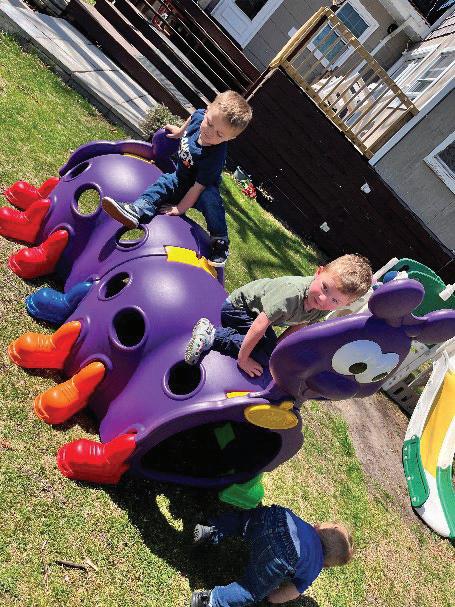
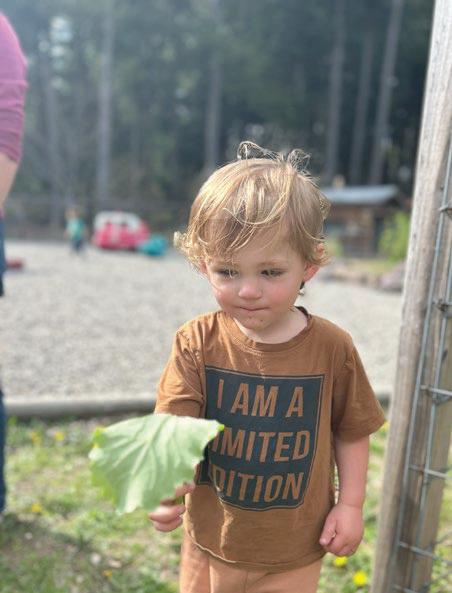
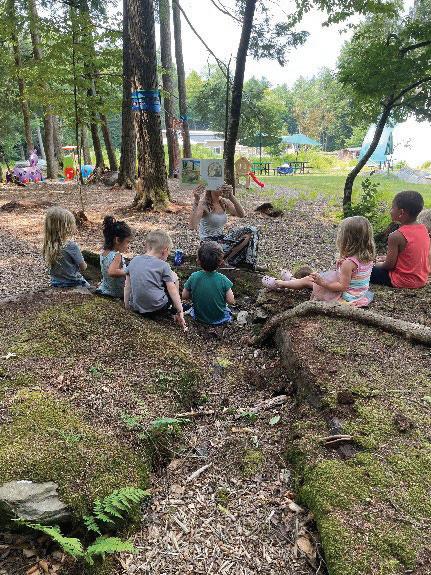
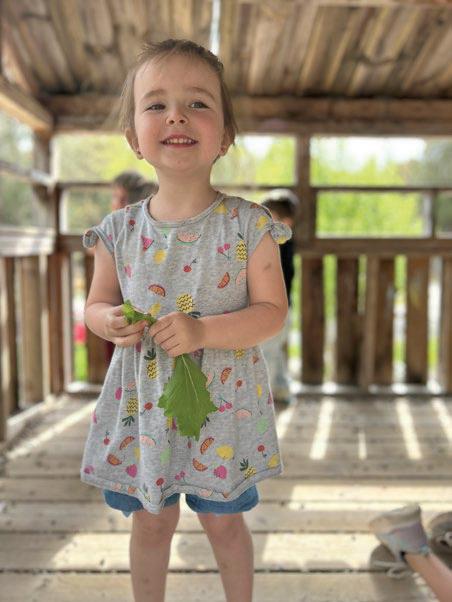
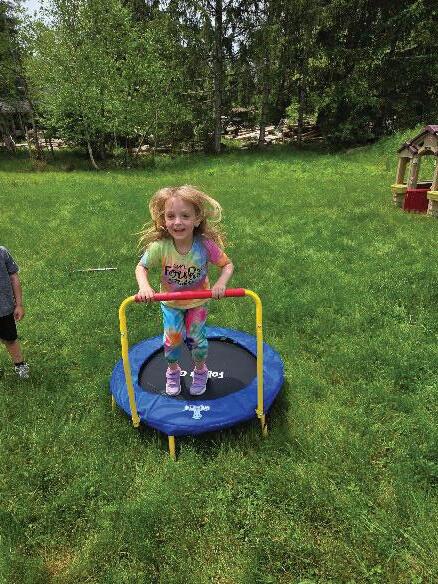
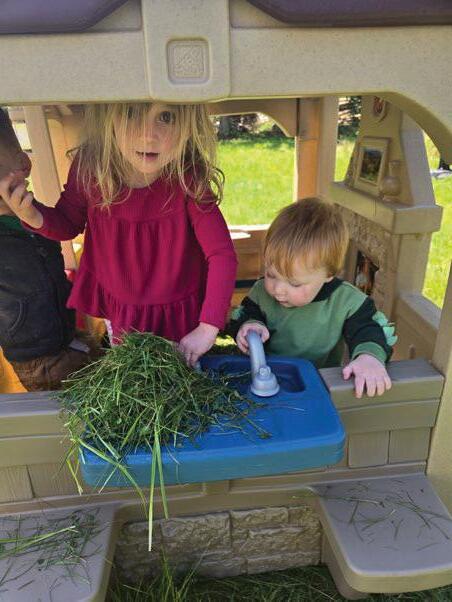
TLC FOR YOUNG CHILDREN
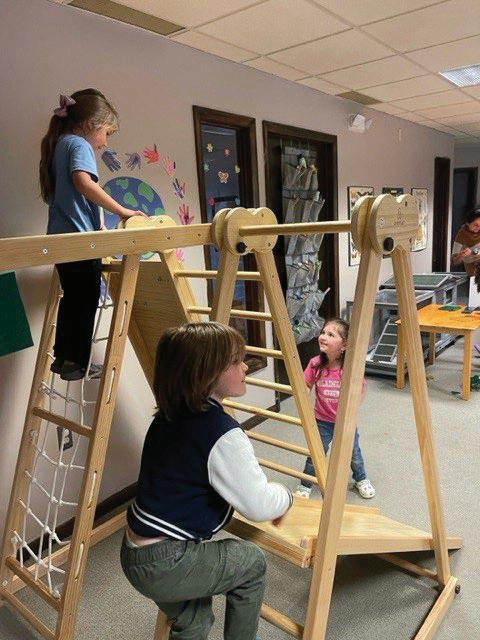



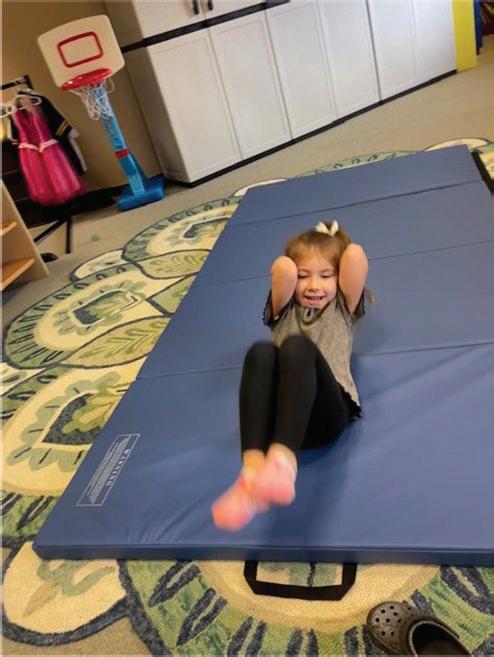

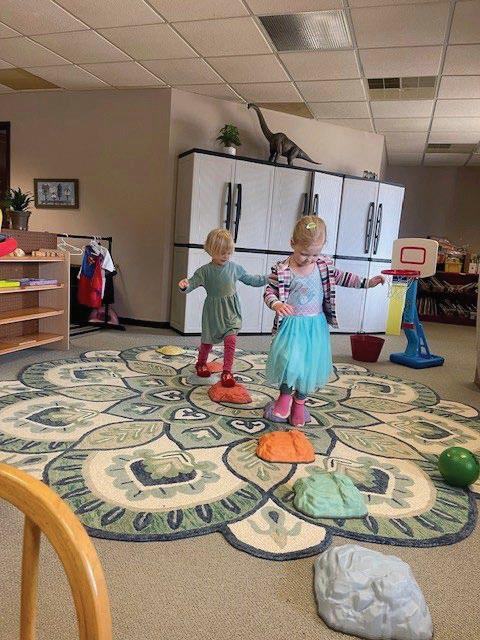

Why Toys That Support Gross Motor Development Matter
Gross motor skills involve using large muscle groups for activities like running, jumping, climbing, and crawling. Toys designed to engage these movements help children gain strength, balance, coordination, and body awareness essential for physical development and everyday tasks. Encouraging active play with the right toys also builds confidence and social interaction skills.

THIRTEEN (13) DAY CARE PROVIDERS WERE ABLE TO PURCHASE LARGE INDOOR AND OUTDOOR CLIMBING, BALANCING AND SWINGING TOYS , SENSORY PLAY TOYS, GARDEN SUPPLIES, SMALL KITCHEN APPLIANCES, AND OTHER NYSDOH
APPROVED ITEMS WITH CHSC FUNDING RANGING FROM APPROXIMATELY $1,200 TO $2,000 EACH, DEPENDING ON THE SIZE OF THE DAY CARE AND NUMBER OF CHILDREN RECEIVING SERVICES.
TOTAL CHSC FUNDS ALLOCATED FOR THE 2024-25 GRANT YEAR WAS $22,211.23


NATIONAL SENIOR CITIZEN’S DAY
Written and submitted by
Nancy McGraw, Team Leader & Caregiver Resource Center Educator
National Senior Citizens Day was established as August 21 by President Ronald Reagan in 1988, and recognizes the contributions of senior citizens to our society.
• There will be approximately 78 million
people aged 65 and older by 2035, surpassing those under 18 for the first time in history.
• 15 million senior citizens volunteer in their community, and 18.1% are employed
• Today, seniors are very active in their communities and still have a strong presence in the workforce, contributing to the economic vitality of their communities.
Senior citizens deserve our thanks on this day and every day!
Source: National Today, https://nationaltoday.com/ national-senior-citizens-day/, retrieved on July 18, 2025.
U.S. Census Bureau,2022 American Community Survey, 1-year estimates, retrieved from Older Adults in the United States: 2019 and 2022
